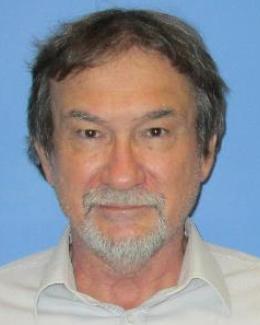Abstract
The Oak Ridge National Laboratory (ORNL) Second Target Station (STS) neutron production facility is an accelerator driven pulsed neutron source that is currently being actively developed at ORNL. The neutrons are produced by proton-induced spallation reactions. A proton beam of 700 kW power is delivered to a spallation target in short, less than 1 µs long pulses, with 15 Hz repetition rate. The spallation target of ORNL STS is a rotating water-cooled tungsten target with tantalum cladding housed in a stainless-steel shroud. It is divided into 21 segments. These segments become highly activated due to spallation reactions or nuclei transmutation by the emitted neutrons. The radioactive nuclides continue to decay after ceasing operation. The decay dose rates generated from the target segments once they are removed from their operational location within the core vessel must be accurately quantified to determine the shielding configurations of remote handling tools and transport casks and to aid in planning maintenance events.
To determine the shielding configurations needed for an activated target segment after ceasing operation, both the hybrid unstructured mesh (UM)/constructive solid geometry (CSG) approach that was previously utilized for STS analyses [1] and the ADVANTG code [2] were used. Even though the ADVANTG code does not include UM capability, the utilization of its advanced variance reduction technique was crucial to accelerate the extremely difficult final photon transport calculation in this analysis. This paper also describes the procedures taken to mitigate the convergence issues that occur when ADVANTG uses a source definition that does not match the source of the final Monte Carlo (MC) calculation. These convergence issues often occur because of inconsistencies between source and transport biasing parameters.




